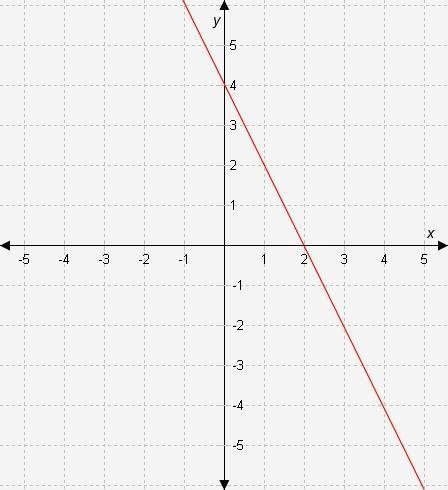
Mathematics, 03.12.2019 00:31 kelseeygee
The probabilities that a b and c can solve a particular problem are 3/5 2/3 and 1/2 respectively if they all try determine the probability that at least one of the group solves the problem

Answers: 3


Another question on Mathematics

Mathematics, 21.06.2019 18:10
Which of these tables represents a non-linear function?
Answers: 1

Mathematics, 21.06.2019 19:10
With this question substitute t=3 and t=5 to determine if the two expressions are equivalent. 4(t + 3) 4t+12 which statements are true? check all that apply. a. the value of both expressions when t =5 is 32. b. the two expressions are not equivalent. c. the value of both expressions when t=3 is 15. d. the value of both expressions when t=5 is 23. e. the two expressions are equivalent. f. the value of both expressions when t=3 is 24.
Answers: 3

Mathematics, 21.06.2019 22:00
Rewrite so the subject can be y in the formula d=m-y/y+n
Answers: 1

Mathematics, 21.06.2019 22:40
Adeli owner keeps track of the to-go orders each day. the results from last saturday are shown in the given two-way frequency table. saturday's to-go deli orders in person by phone online total pick up 38 25 31 94 delivery 35 28 34 97 total 73 53 65 191 what percent of the to-go orders were delivery orders placed by phone? a. 14.66% b. 38.41% c. 28.87% d. 52.83%
Answers: 2
You know the right answer?
The probabilities that a b and c can solve a particular problem are 3/5 2/3 and 1/2 respectively if...
Questions



Mathematics, 09.10.2019 00:10








History, 09.10.2019 00:10










 respectively.
respectively.






